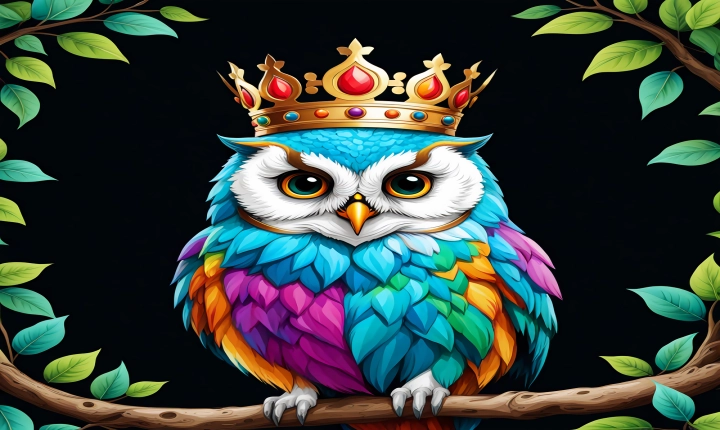Title: Converting AI Designs to HTML and CSS: A Step-by-Step Guide
In the world of web design and development, translating designs from Adobe Illustrator (AI) to HTML and CSS is a crucial process. AI, with its powerful vector graphics capabilities, is often used to create intricate designs and layouts, while HTML and CSS are the backbone of web development. In this article, we will guide you through the process of converting AI designs to HTML and CSS, allowing you to bring your designs to life on the web.
Step 1: Analyze the AI Design
Before starting the conversion process, carefully analyze the AI design to understand its structure, components, and layout. Identify the different elements such as text, images, shapes, and colors, and plan how these will be translated into HTML and styled with CSS.
Step 2: Export Assets from AI
To begin the conversion, export assets such as images and icons from AI in the appropriate file formats (e.g., PNG, SVG). Ensure that the exported assets are optimized for the web to maintain fast loading times and a seamless user experience.
Step 3: Structure the HTML
Using the insights gained from analyzing the AI design, start structuring the HTML document. Define the different sections, elements, and containers based on the layout of the design. Utilize semantic HTML tags to create a meaningful structure and improve accessibility.
Step 4: Convert Shapes and Graphics
AI designs often contain intricate shapes and graphics that need to be translated into HTML and CSS. Use CSS techniques such as flexbox or grid layout to recreate the positioning and alignment of elements. For complex shapes, consider using SVG (Scalable Vector Graphics) to maintain scalability and crispness on different screen sizes.
Step 5: Customize Typography and Text Styles
In AI, typography and text styles are meticulously crafted. Translate these styles into CSS properties such as font-family, font-size, line-height, and letter-spacing. Pay close attention to spacing and alignments to achieve a consistent and visually appealing text layout.
Step 6: Implement Color and Visual Effects
The color scheme and visual effects defined in the AI design need to be accurately replicated in the web version. Use CSS to apply colors, gradients, shadows, and transitions as per the design specifications. Leverage CSS preprocessors like Sass or Less for efficient management of color variables and mixins.
Step 7: Responsive Design Considerations
Ensure that the conversion process includes making the design responsive. Use media queries and responsive units to adapt the layout and styling for different screen sizes and devices. Test the responsiveness of the design across various breakpoints to guarantee a smooth experience for all users.
Step 8: Testing and Optimization
Once the conversion is complete, thoroughly test the HTML and CSS implementation across different browsers and devices. Ensure that the design renders accurately and maintains visual integrity. Optimize the code and assets for performance, employing techniques such as minification, compression, and caching.
Conclusion
Converting AI designs to HTML and CSS requires a blend of creative interpretation and technical mastery. By following the step-by-step guide outlined in this article, you can effectively bring AI designs to life on the web, creating visually stunning and functional web experiences. Embrace the iterative nature of the process, and continuously refine the conversion to achieve optimal results. With attention to detail and a solid understanding of both design and development principles, the journey from AI to HTML and CSS can be a rewarding and fulfilling endeavor for web professionals.
